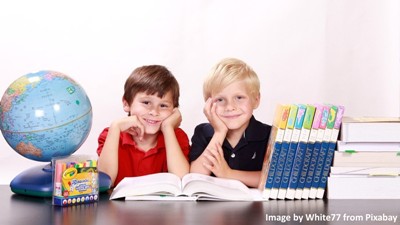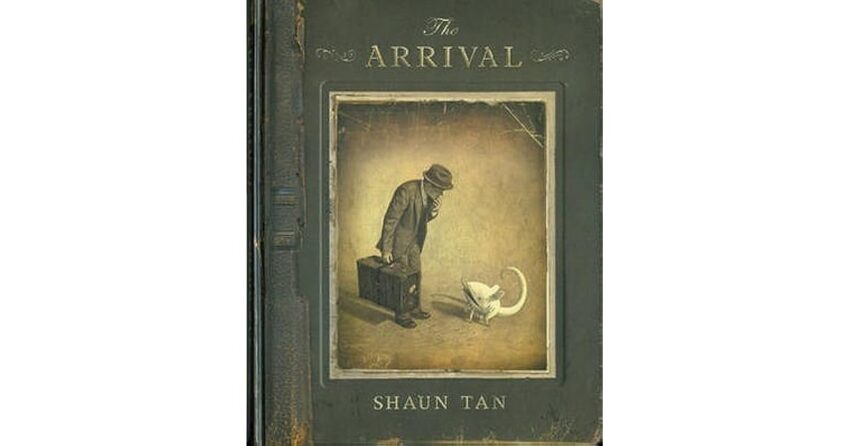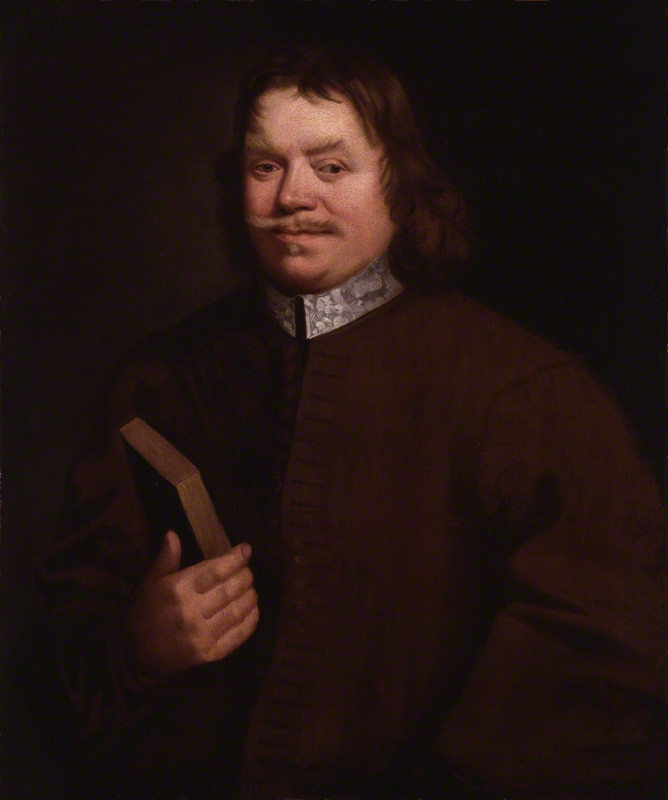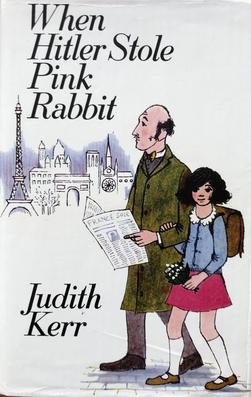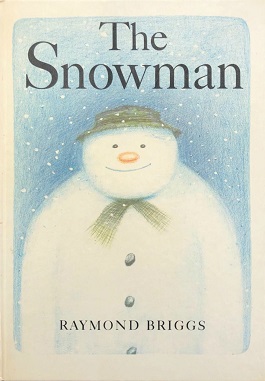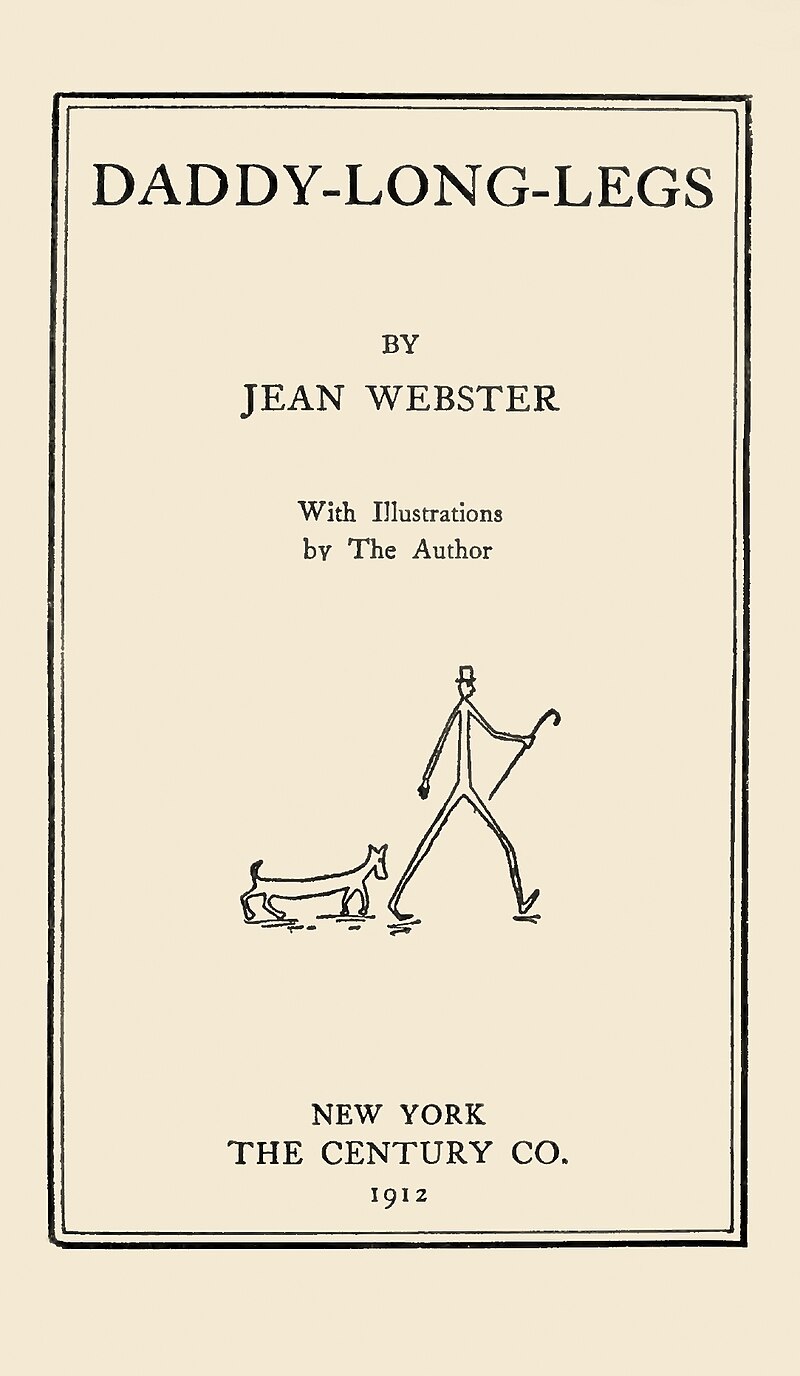The Arrival Quiz Questions
1. What is the primary theme of The Arrival?
(a) The dangers of immigration
(b) The search for a better life
(c) The loss of cultural identity
(d) The challenges of raising a family
2. How does the protagonist’s arrival in the new land initially make him feel?
(a) Excited and hopeful
(b) Confused and overwhelmed
(c) Angry and resentful
(d) Sad and lonely
3. What do the strange, alien-like creatures in the new land represent?
(a) The challenges of learning a new language
(b) The unfamiliar customs and traditions of the new culture
(c) The feeling of being isolated and misunderstood
(d) The dangers of the unknown
4. Why does the protagonist carry a suitcase full of photos?
(a) To remember his past life
(b) To show his new friends his family
(c) To sell the photos for money
(d) To give as gifts to the locals
5. What is the significance of the red string that the protagonist ties around his wrist?
(a) It is a lucky charm
(b) It represents his connection to his homeland
(c) It is a symbol of his new life
(d) It is a gift from a friend
6. How does the protagonist’s family react to his departure?
(a) They are supportive and proud
(b) They are sad and worried
(c) They are angry and resentful
(d) They are indifferent
7. How does the protagonist’s family eventually adapt to their new life?
(a) With difficulty and resentment
(b) Slowly and with a sense of loss
(c) Quickly and with enthusiasm
(d) Not at all
8. What is the overall tone of The Arrival?
(a) Optimistic and hopeful
(b) Pessimistic and bleak
(c) Neutral and objective
(d) Humorous and lighthearted
9. What is the most likely interpretation of the ending of The Arrival?
(a) The protagonist has given up hope of ever returning home
(b) The protagonist has finally found happiness in his new life
(c) The protagonist is still struggling to adapt to his new surroundings
(d) The protagonist is planning to return to his homeland
10. What is the primary purpose of the illustrations in The Arrival?
(a) To tell the story without the need for words
(b) To provide visual context for the narrative
(c) To create a sense of mystery and intrigue
(d) To evoke emotions in the reader
11. Which of the following best describes the protagonist’s character?
(a) Brave and adventurous
(b) Cautious and reserved
(c) Stubborn and defiant
(d) Optimistic and hopeful
12. What role does the city play in the story of The Arrival?
(a) It represents the protagonist’s hopes and dreams
(b) It is a symbol of the challenges and dangers of the new world
(c) It is a neutral setting for the story
(d) It is a place of refuge for the protagonist
13. How does the protagonist’s relationship with his family change over time?
(a) It becomes stronger and more supportive
(b) It becomes weaker and more distant
(c) It remains the same
(d) It is not explored in the story
14. What is the significance of the language barrier in The Arrival?
(a) It represents the challenges of cultural integration
(b) It is a symbol of the protagonist’s isolation and loneliness
(c) It is a minor obstacle that the protagonist easily overcomes
(d) It is not explored in the story
15. What is the main message that The Arrival conveys about immigration?
(a) Immigration is a dangerous and risky endeavor
(b) Immigration is a way to escape poverty and hardship
(c) Immigration is a complex and challenging experience
(d) Immigration is a positive force for change
16. How does the protagonist’s perspective on his new life change over time?
(a) He becomes more optimistic and hopeful
(b) He becomes more pessimistic and cynical
(c) His perspective remains unchanged
(d) His perspective is not explored in the story
17. What is the role of the child in the story of The Arrival?
(a) He represents the future and the hope for a better life
(b) He is a symbol of the protagonist’s past life
(c) He is a minor character who does not play a significant role
(d) He is a source of conflict and tension between the protagonist and his wife
18. How does the author use visual imagery to convey emotions and ideas?
(a) Through detailed descriptions of landscapes
(b) Through symbolic representations of characters
(c) Through the use of color and light
(d) All of the above
19. How does the protagonist’s relationship with the locals evolve over time?
(a) He becomes more accepted and integrated into the community
(b) He remains an outsider, never fully belonging
(c) He is hostile and aggressive towards the locals
(d) His relationship with the locals is not explored in the story
20. What is the significance of the protagonist’s job in The Arrival?
(a) It is a symbol of his hard work and determination
(b) It is a way for him to provide for his family
(c) It is a source of stress and anxiety
(d) It is not explored in the story
21. What is the significance of the red suitcase in “The Arrival”?
(a) It represents the protagonist’s past life.
(b) It is a symbol of hope and new beginnings.
(c) It is a gift from a friend.
(d) It is a magical object.
22. What is the significance of the protagonist’s journey in The Arrival?
(a) It is a physical journey from one place to another
(b) It is a metaphorical journey of self-discovery and adaptation
(c) It is a journey of escape from danger and hardship
(d) It is not explored in the story
23. What is the central conflict faced by the protagonist?
(a) Finding a job in the new country
(b) Learning to speak the new language
(c) Adapting to a different culture
(d) All of the above
24. What is the primary mode of transportation used by the protagonist in “The Arrival”?
(a) Car
(b) Train
(c) Boat
(d) Plane
25. Who is the author of the book “The Arrival”?
(a) A.A. Milne
(b) Lewis Carroll
(c) Shaun Tan
(d) Roald Dahl
The Arrival Quiz Questions with Answers
1. What is the primary theme of The Arrival?
(a) The dangers of immigration
2. How does the protagonist’s arrival in the new land initially make him feel?
(b) Confused and overwhelmed
3. What do the strange, alien-like creatures in the new land represent?
(a) The challenges of learning a new language
4. Why does the protagonist carry a suitcase full of photos?
(a) To remember his past life
5. What is the significance of the red string that the protagonist ties around his wrist?
(a) It is a lucky charm
6. How does the protagonist’s family react to his departure?
(b) They are sad and worried
7. How does the protagonist’s family eventually adapt to their new life?
(b) Slowly and with a sense of loss
8. What is the overall tone of The Arrival?
(a) Optimistic and hopeful
9. What is the most likely interpretation of the ending of The Arrival?
(b) The protagonist has finally found happiness in his new life
10. What is the primary purpose of the illustrations in The Arrival?
(a) To tell the story without the need for words
11. Which of the following best describes the protagonist’s character?
(b) Cautious and reserved
12. What role does the city play in the story of The Arrival?
(b) It is a symbol of the challenges and dangers of the new world
13. How does the protagonist’s relationship with his family change over time?
(a) It becomes stronger and more supportive
14. What is the significance of the language barrier in The Arrival?
(a) It represents the challenges of cultural integration
15. What is the main message that The Arrival conveys about immigration?
(c) Immigration is a complex and challenging experience
16. How does the protagonist’s perspective on his new life change over time?
(a) He becomes more optimistic and hopeful
17. What is the role of the child in the story of The Arrival?
(b) He is a symbol of the protagonist’s past life
18. How does the author use visual imagery to convey emotions and ideas?
(d) All of the above
19. How does the protagonist’s relationship with the locals evolve over time?
(a) He becomes more accepted and integrated into the community
20. What is the significance of the protagonist’s job in The Arrival?
(a) It is a symbol of his hard work and determination
21. What is the significance of the red suitcase in “The Arrival”?
(a) It represents the protagonist’s past life.
22. What is the significance of the protagonist’s journey in The Arrival?
(a) It is a physical journey from one place to another
23. What is the central conflict faced by the protagonist?
(d) All of the above
24. What is the primary mode of transportation used by the protagonist in “The Arrival”?
(c) Boat
25. Who is the author of the book “The Arrival”?
(c) Shaun Tan

